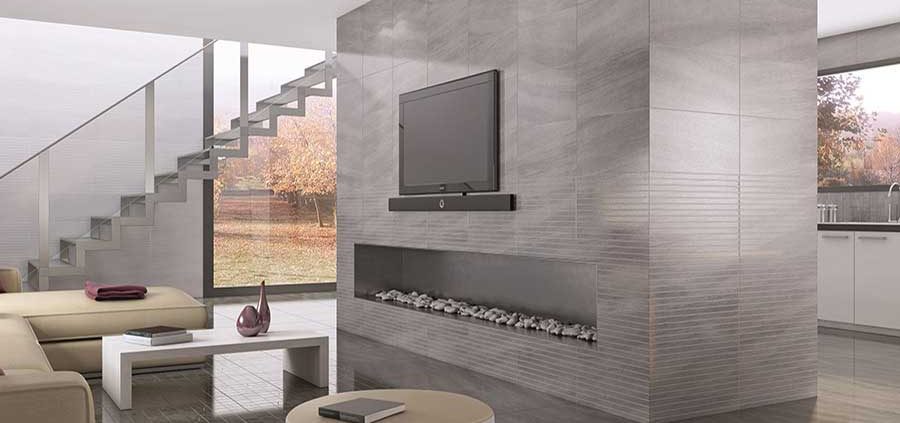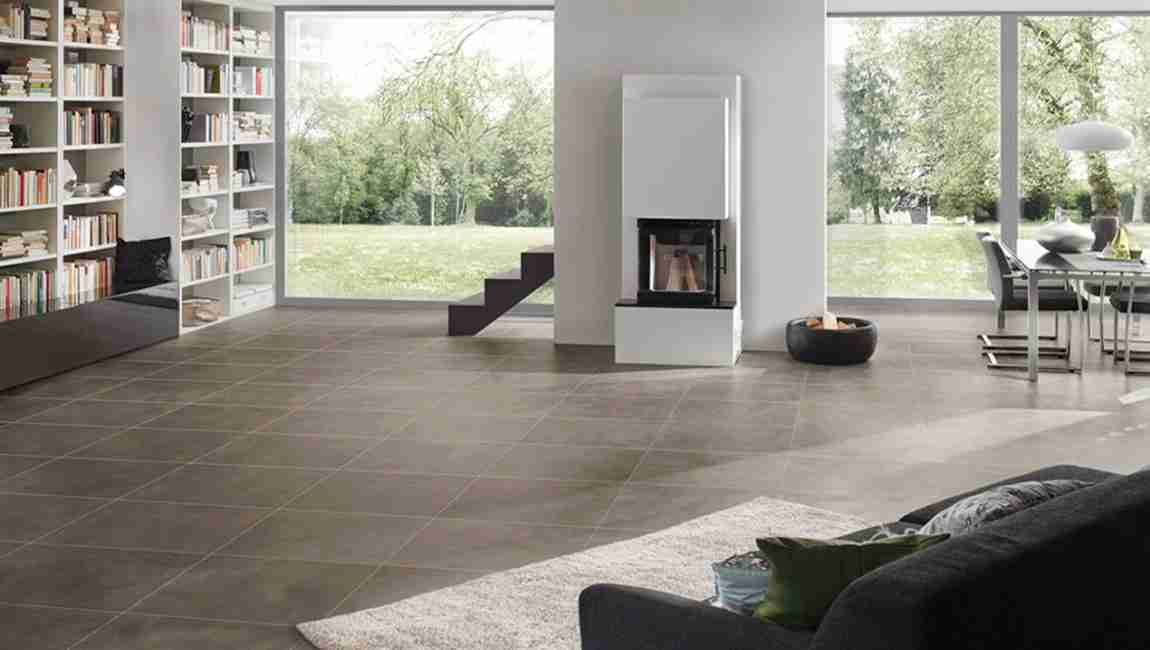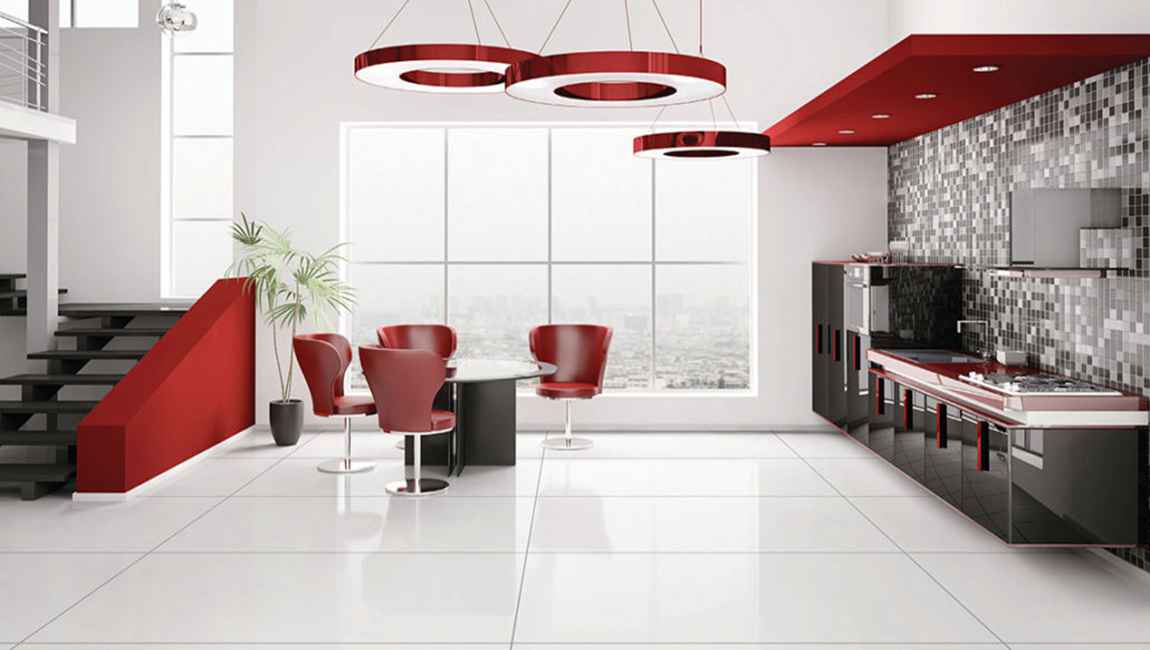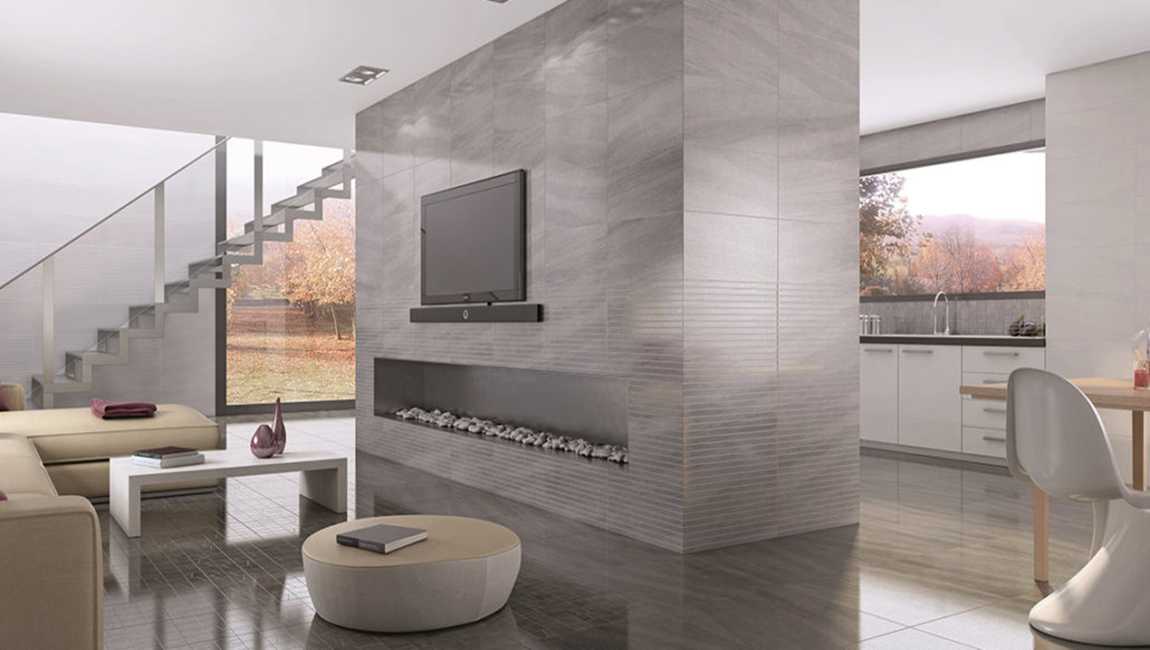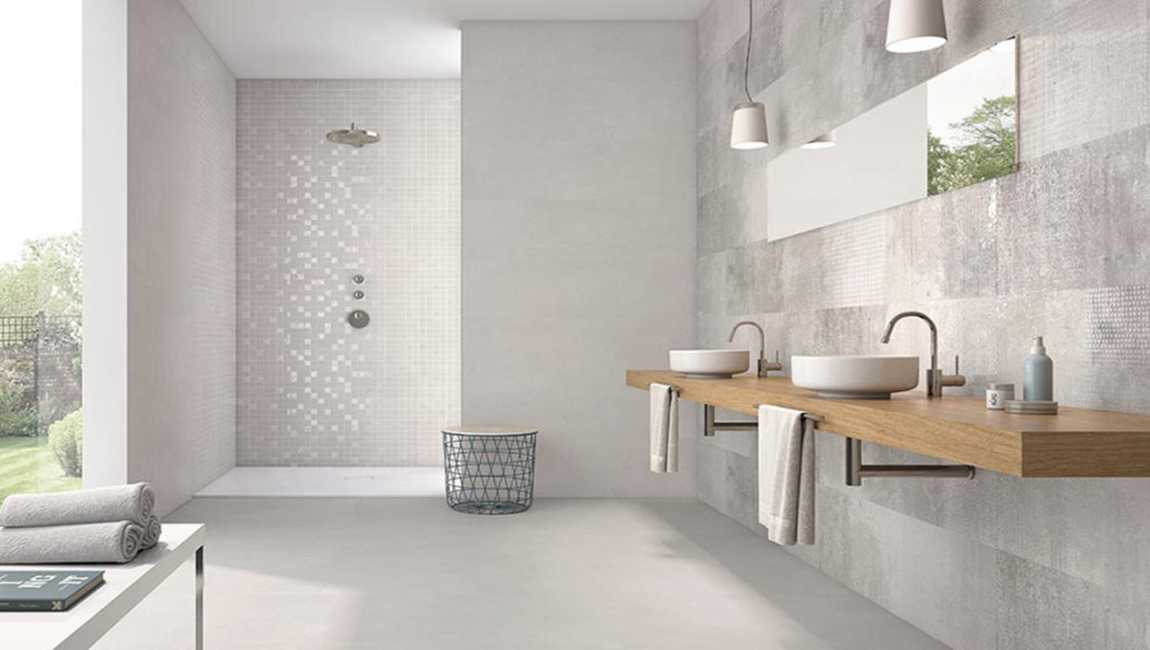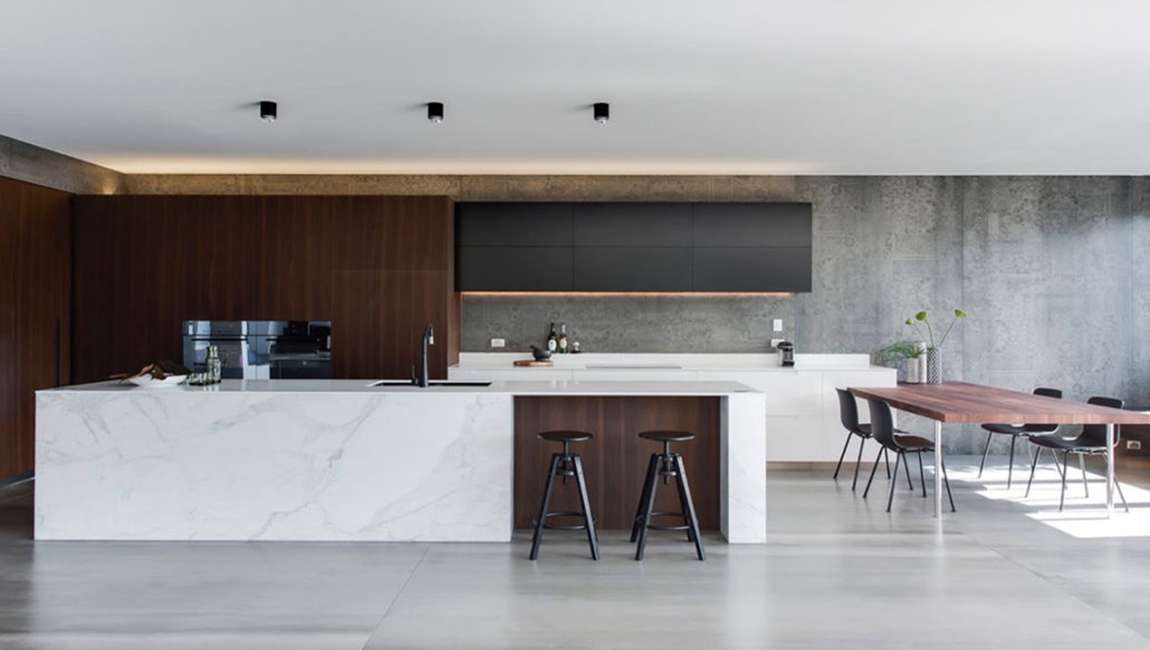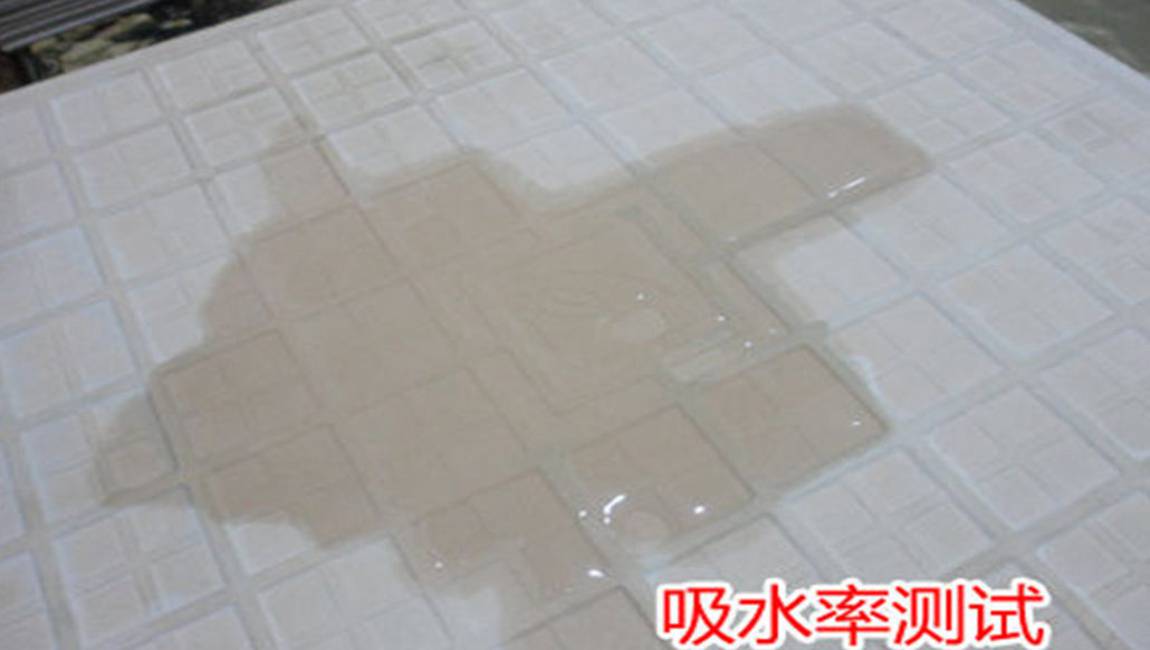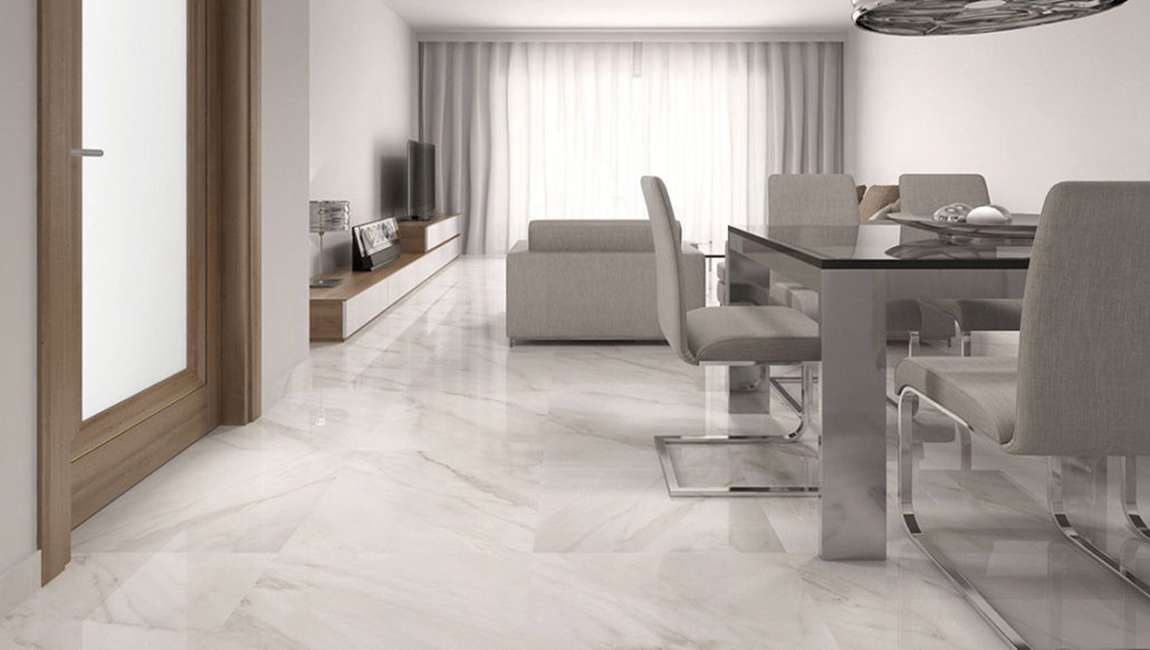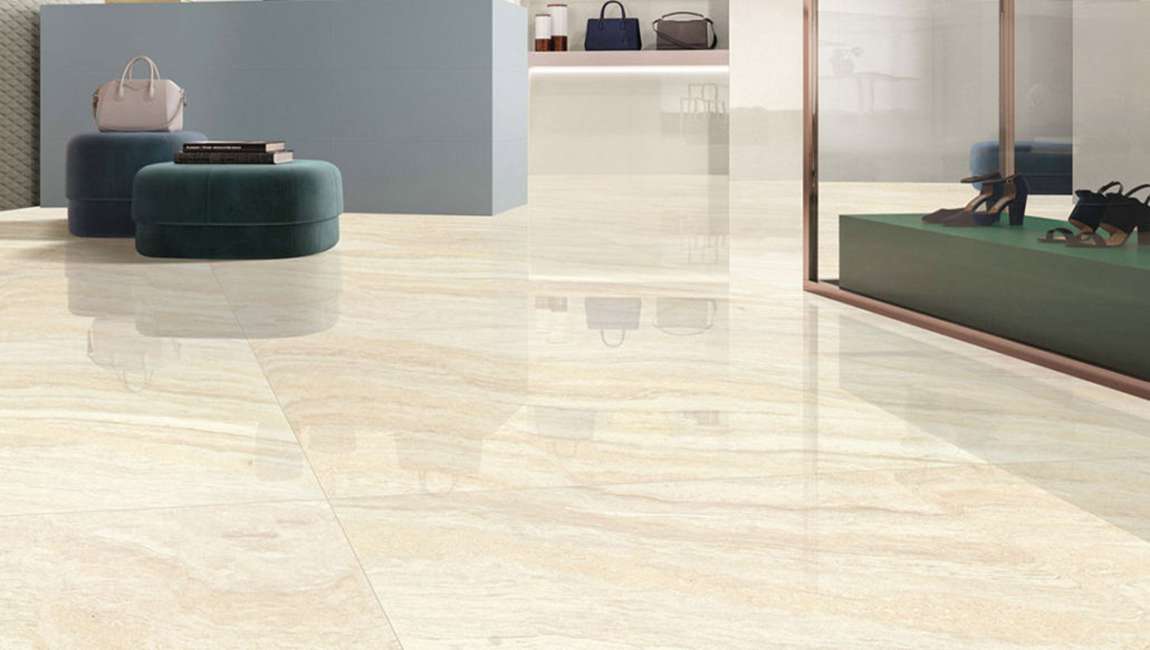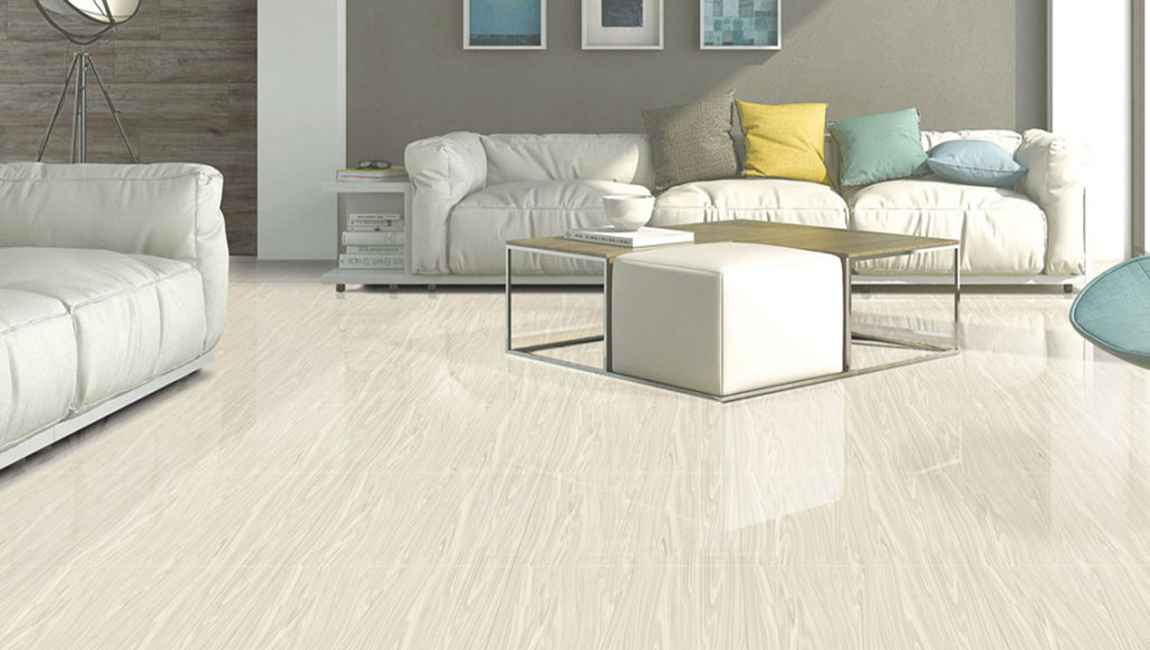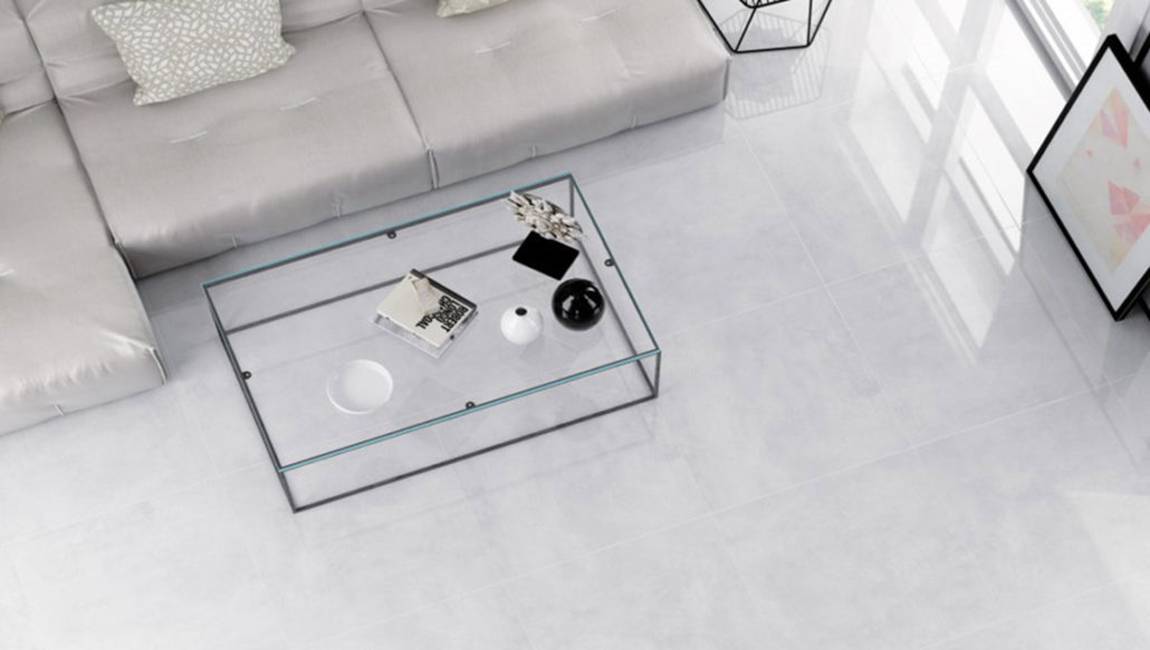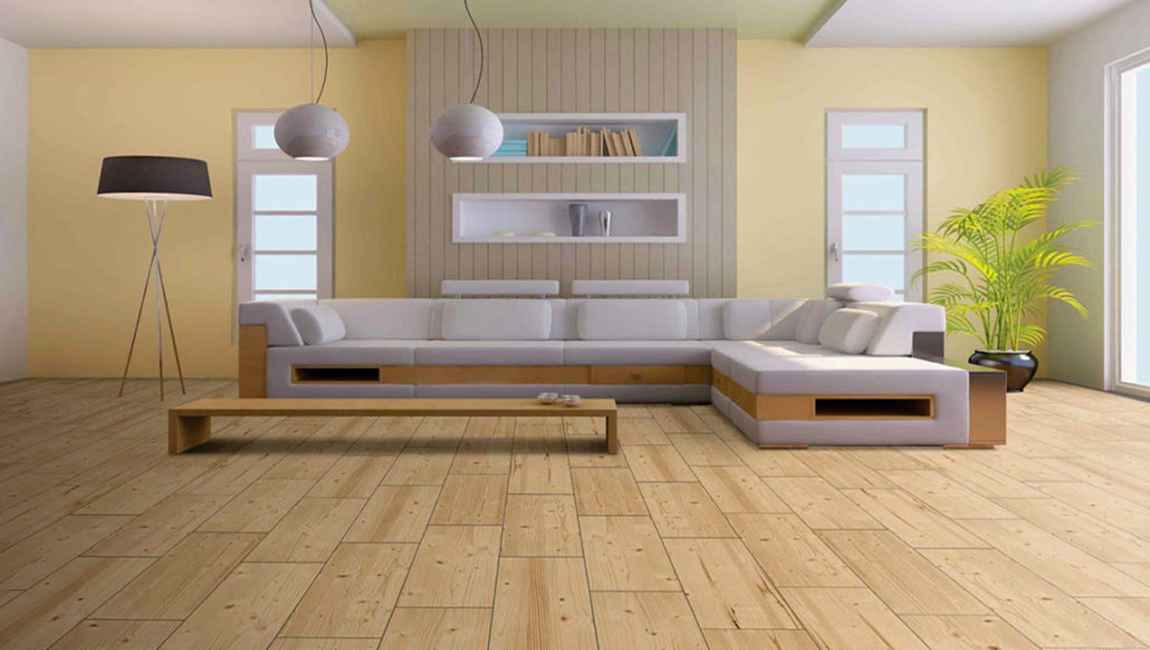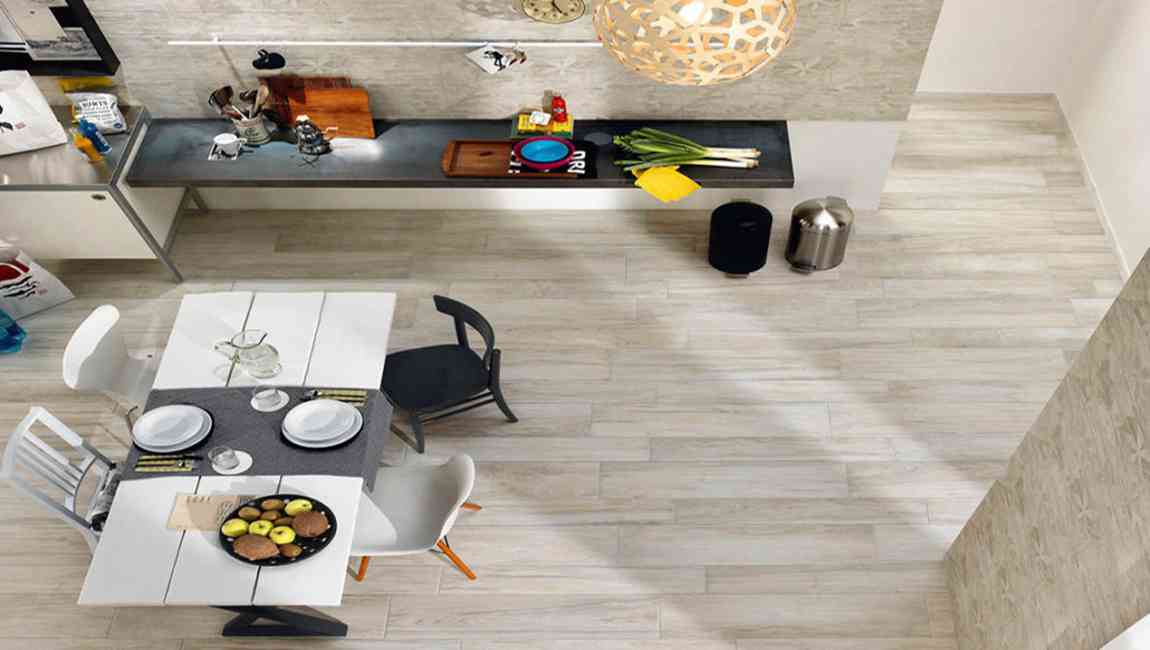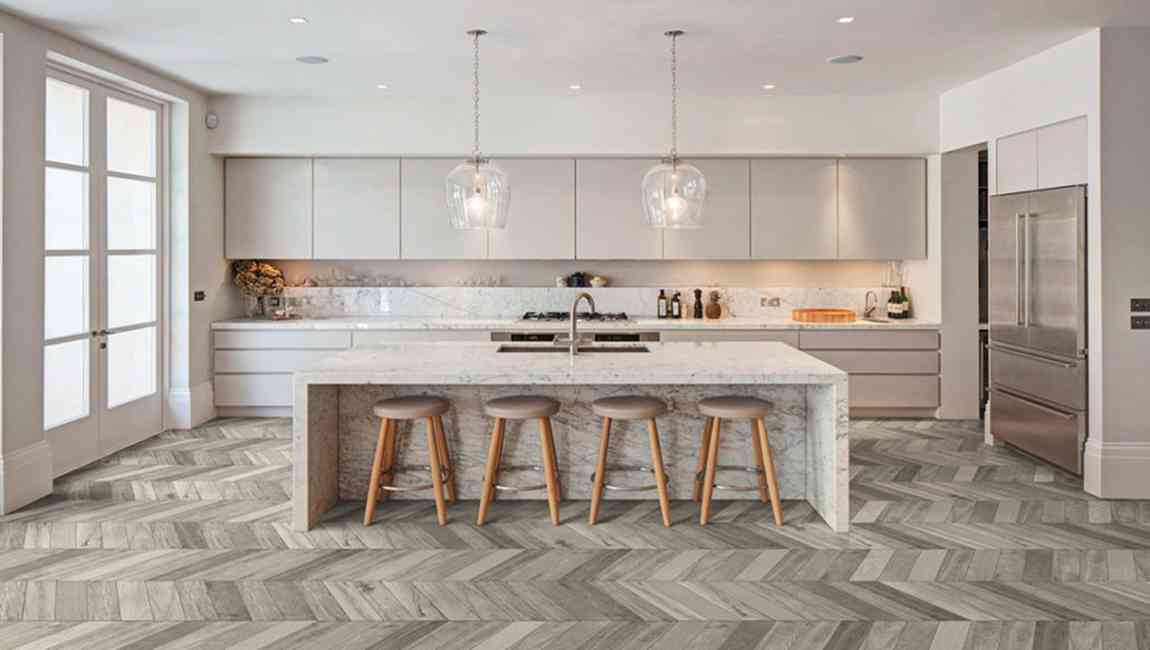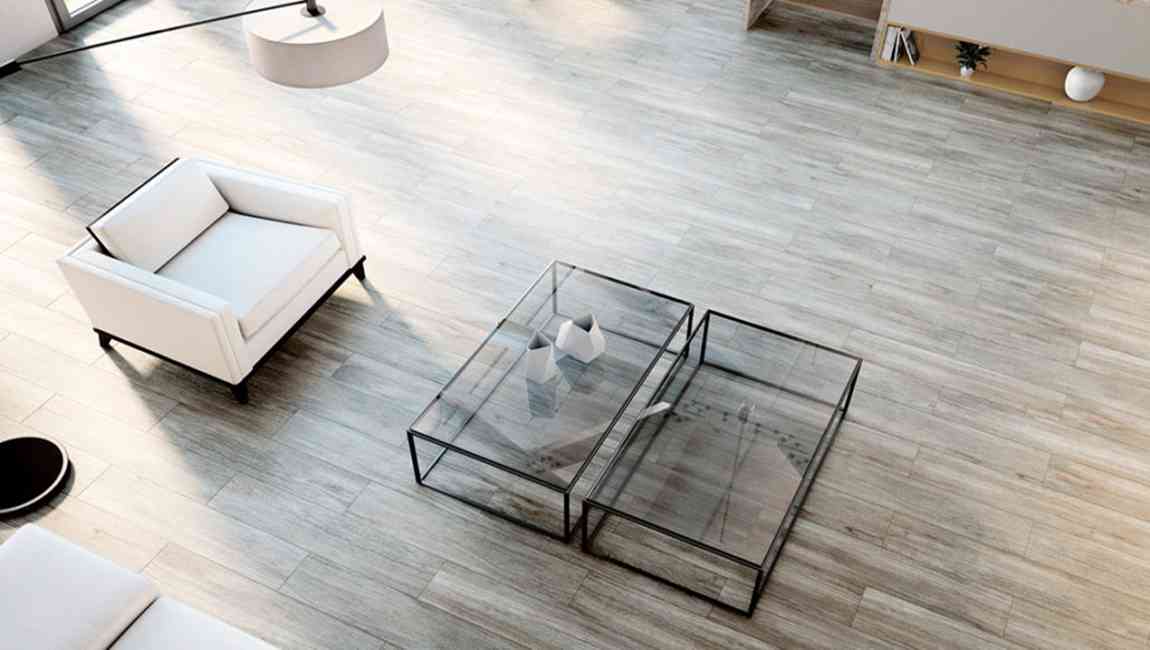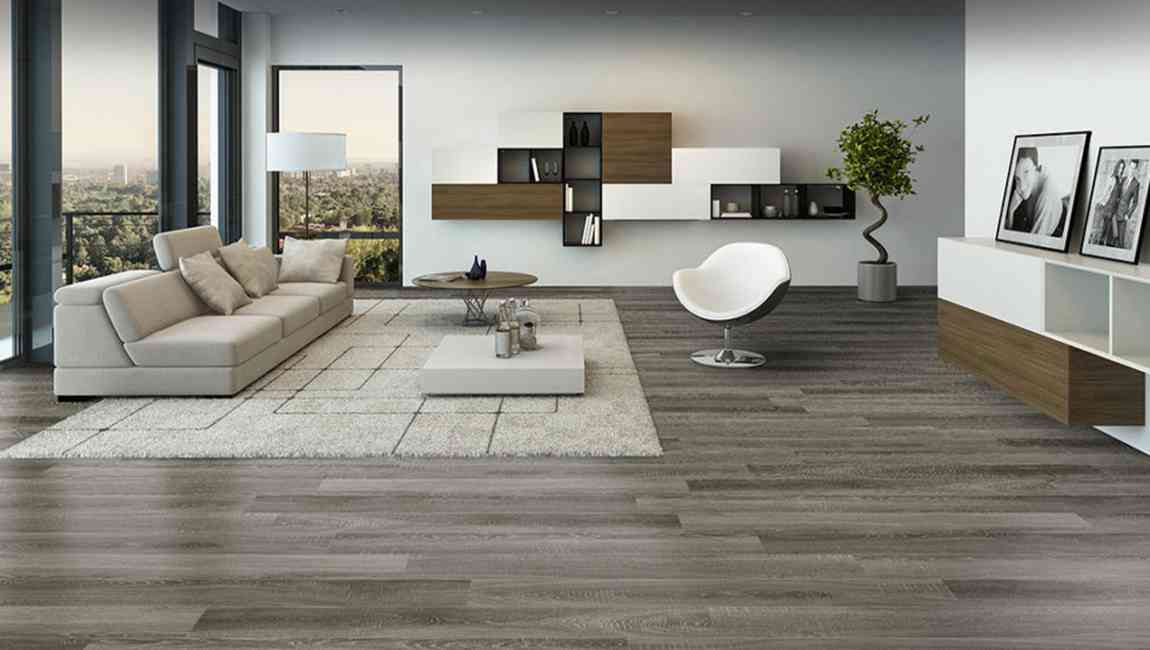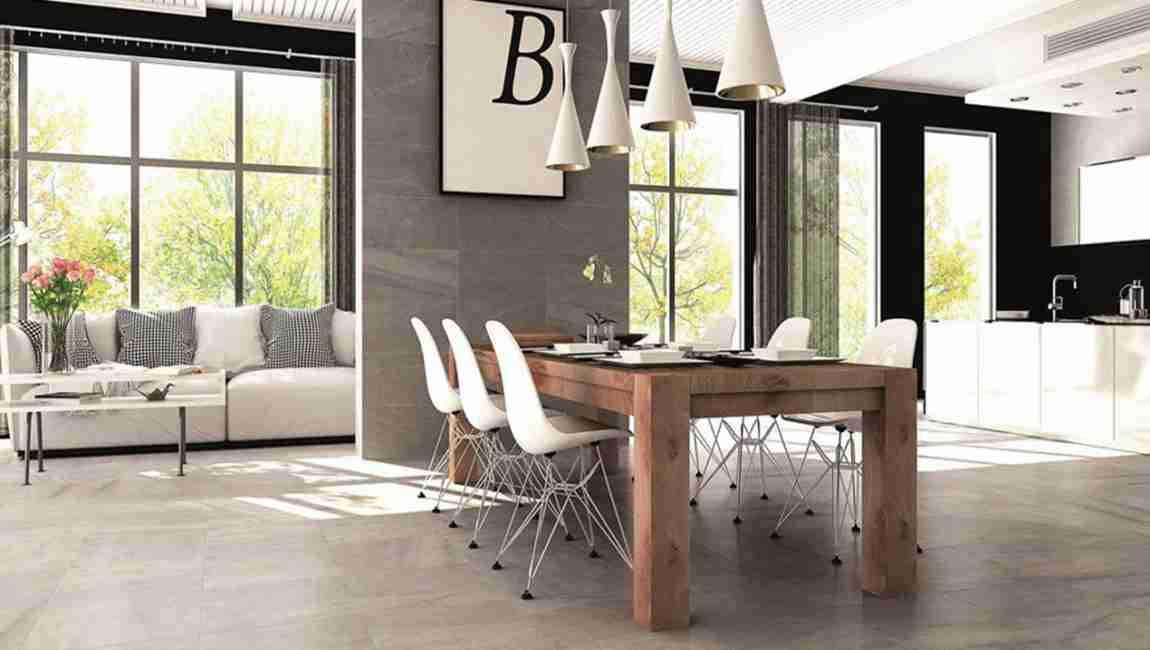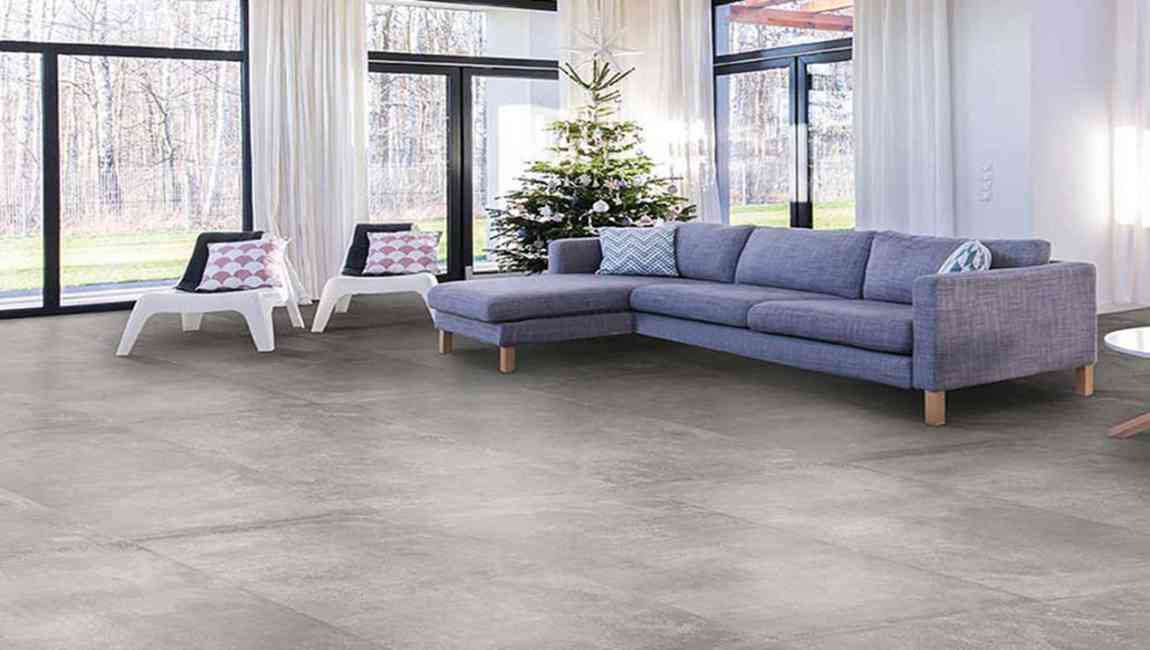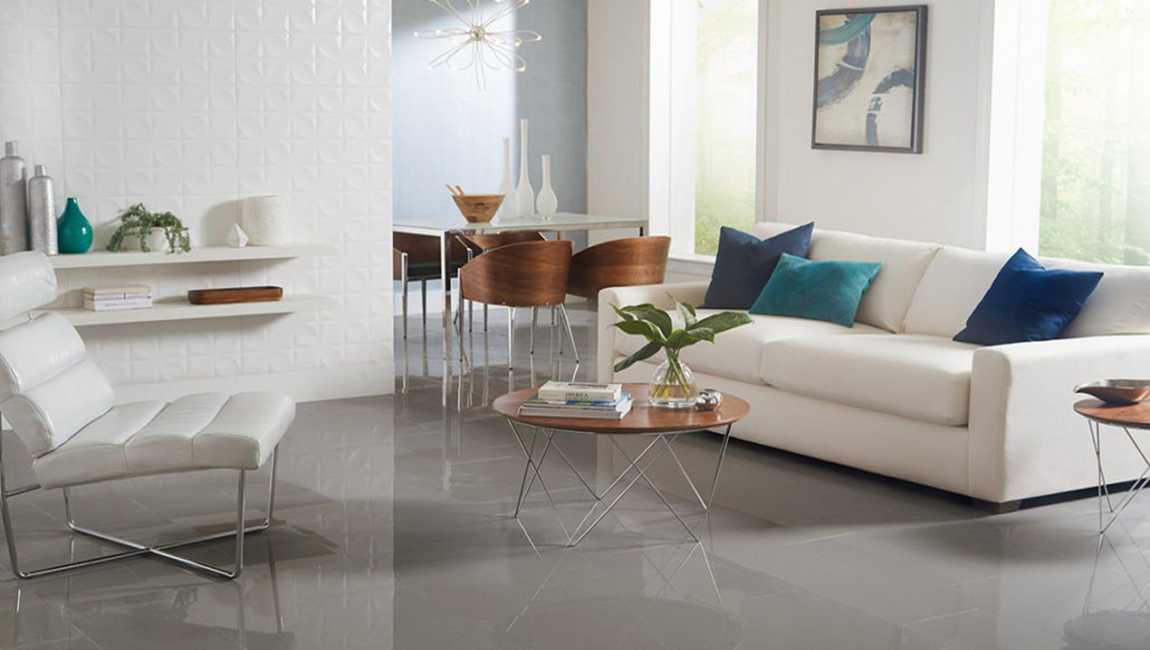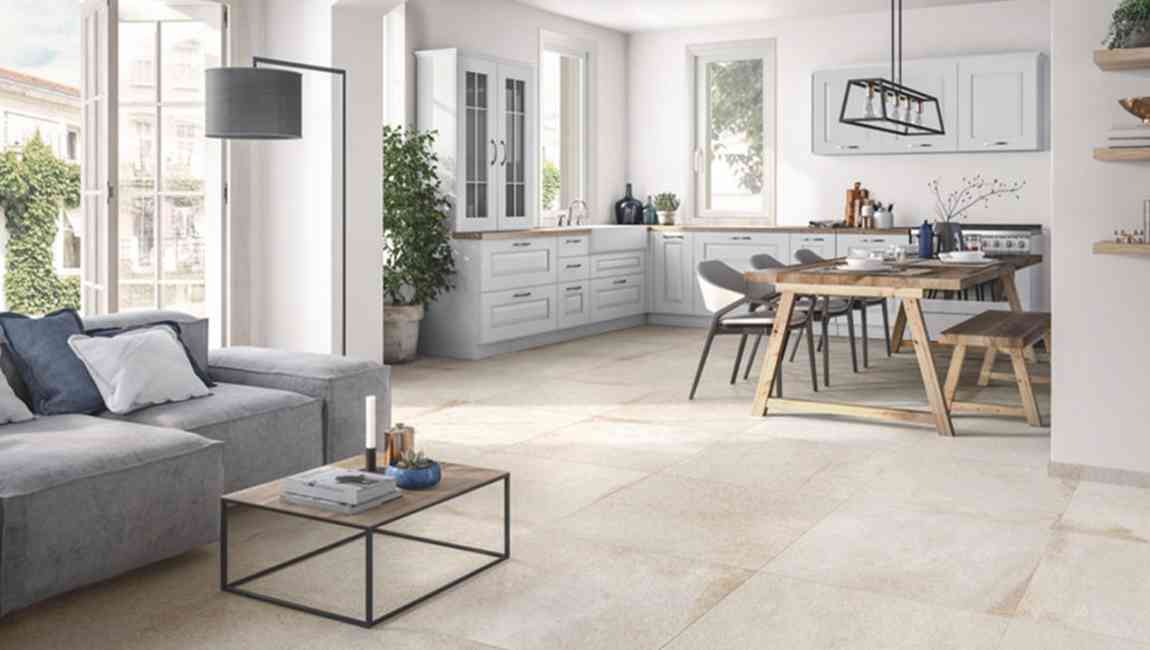The knowledge of tiles crevice what you don’t know
In the process of decoration, wall tiles, floor tiles laying and pasting links are essential, but after the exquisite tiles laying, you will always find many ugly cracks. Why do these gaps exist? What are the requirements for them, how should they be handled and how to clean them?
It is necessary for tiles design to leave gaps, but many people only know one thing. Why do we need to leave gaps in the process of laying tiles price? First of all, marble tiles heat transfer effect is good, then there is a more prominent problem of thermal expansion and cold shrinkage. In most parts of China, the temperature varies greatly in four seasons, so the wood tiles seam can prevent the later cracking, bulging and other phenomena. Secondly, there are certain differences in the production process of polished tiles. Gaps can be adjusted at any time. Finally, workers will also have errors in the construction process, and can also be adjusted at any time during the process of sewing.
Because the heat transfer effect of different types of tiles are different, as well as the local temperature and climate varies greatly, mostly with the size of wood marble tiles gap has no unified standard. The size of the gap should be determined according to the degree of thermal expansion and shrinkage of cement tiles and the temperature and climate differences between indoor and outdoor environments. In general, the kitchen and bathroom wall tiles gap are about 1-1.5 mm, the gap between flooring tiles is generally between 1.5-2 mm. Depending on the situation.
Commonly used caulking materials are white cement, beauty sealant, sealant and so on. Each material has its own characteristics. According to the different quality of tiles and personal preferences, choose the appropriate sealant material. It is important to pay attention to the effect of the white cement and putty powder in the traditional filling material, but it is easy to blacken and mouldy for a long time, and it is difficult to clean and maintain later. Special treatment in special places, such as bathroom and kitchen where water is often used, requires the use of waterproof sealants. After laying the tiles for 24 hours, the filling steps are started.
After sealant treatment, all the materials are dry, and then wipe the tiles surface with soft materials like sponge and rag. At ordinary times, we should also pay more attention to keeping indoor air relatively dry. During the cleaning process, detergent such as cleanser and soap can be properly selected to make tiles and crevice more luster.

